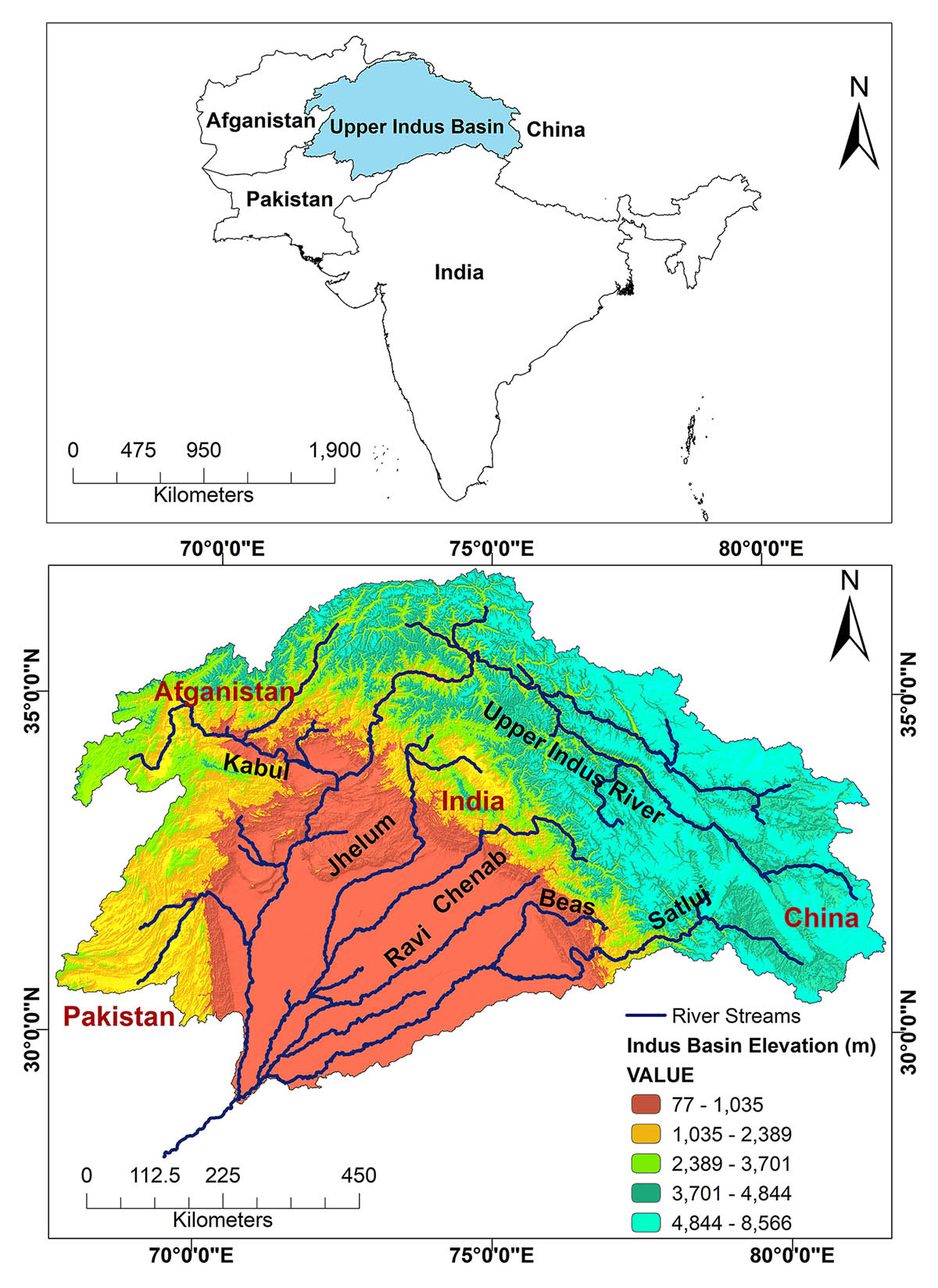A recent study has brought to surface a poisonous reality about the state of the country’s waters and public health once again. With samples from 1,200 wells all across Pakistan, the Swiss Federal Institute of Aquatic Science and Technology has concluded that up to two-thirds of these wells are supplying water contaminated with arsenic.
The study’s estimate is that up to 60 million people in Pakistan are consuming the polluted water. There have been previous studies carried out on a smaller scale locally, indicating similar results.
The concentration of arsenic found in these samples is above 200 micrograms per litre, which is far higher than the World Health Organisation’s recommended threshold of 10 micrograms per litre and the Pakistan government’s limit of 50 micrograms per litre.
As the country’s population grows exponentially and more and more people head to urban centres, the issue of water scarcity worsens. While we once depended on river systems, urban migration means that our water needs are increasingly met by groundwater extraction, which makes up to 60% of the supply.
The risk mapping of the study shows that the entire Indus Plain is affected. Cities near the Indus and its tributaries are densely populated and are the hub of agricultural and industrial activities.
Groundwater extraction through wells and tube-wells gained much popularity with both people and the government as a safer alternative to surface water from rivers that was contaminated with bacteria.
However, unregulated and heavy use of chemical fertilisers and pesticides, raw sewage irrigation, and improper disposal of industrial effluents into water channels all contributed to leaching of toxins and arsenic in the groundwater.
Once pumped from the ground, this contaminated water is again introduced into the system without proper filtration and treatment processes and makes way into the food and water we consume.
We are exposed to arsenic through drinking contaminated water, using contaminated water in preparing food, and irrigating food crops with the contaminated groundwater. Arsenic cannot be removed from water by simple methods such as boiling and requires a biogeochemical treatment process. Reverse osmosis and adsorptive media systems are among the most common treatments.
Arsenic is colourless, odourless and tasteless, which makes it difficult to detect for ordinary people. When ingested over time, it causes thickening of the skin and skin lesions leading to skin cancer. Lung, kidney, and bladder cancers have also been linked to consuming arsenic contaminated water over long periods.
To prevent this serious public health issue from intensifying, we need to take steps beyond studies and assessments. We have to actively integrate the knowledge available so far into development activities as well as drafting regulations for the water supply sector.
Mitigating the effects of arsenic will require a multi-sectoral approach. Both short-term and long-term strategies need to be identified and implemented to prevent further pollution of water resources.
The health care sector needs to be actively responding by teaching health professionals about arsenic contamination, identification of its symptoms, and treatments.
Community awareness campaigns educating the locals and training them regarding filtration techniques and monitoring is also required. For the solutions to be effective, they need to be low cost, sustainable, and approved by the local communities.
The agriculture sector needs to be bound by strict regulations for groundwater extraction, its sustainable usage, and water quality controls. In absence of any laws regulating ground water abstraction, utilities such as tube-wells, deep-dug wells, hand pumps and bore holes are grossly mismanaged. The industrial sector should also be made to adhere to the standard regulations for the protection of the environment and water resources.
Arsenic contamination of groundwater should be declared a public health emergency.
The government, politicians, business leaders, donor agencies and NGOs must assist the affected communities immediately. Pakistan’s population was recently estimated to be at around 200 million people. A quarter of that population doesn’t have safe drinking water due to arsenic contamination. During a month when the country celebrated its 70 years, statistics such as these serve a reminder of how little progress we have made during those decades.




